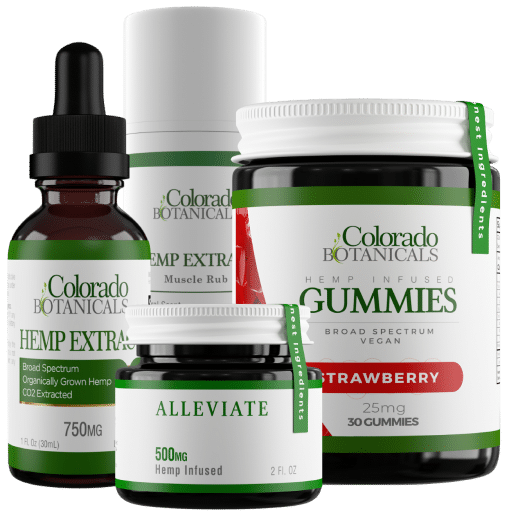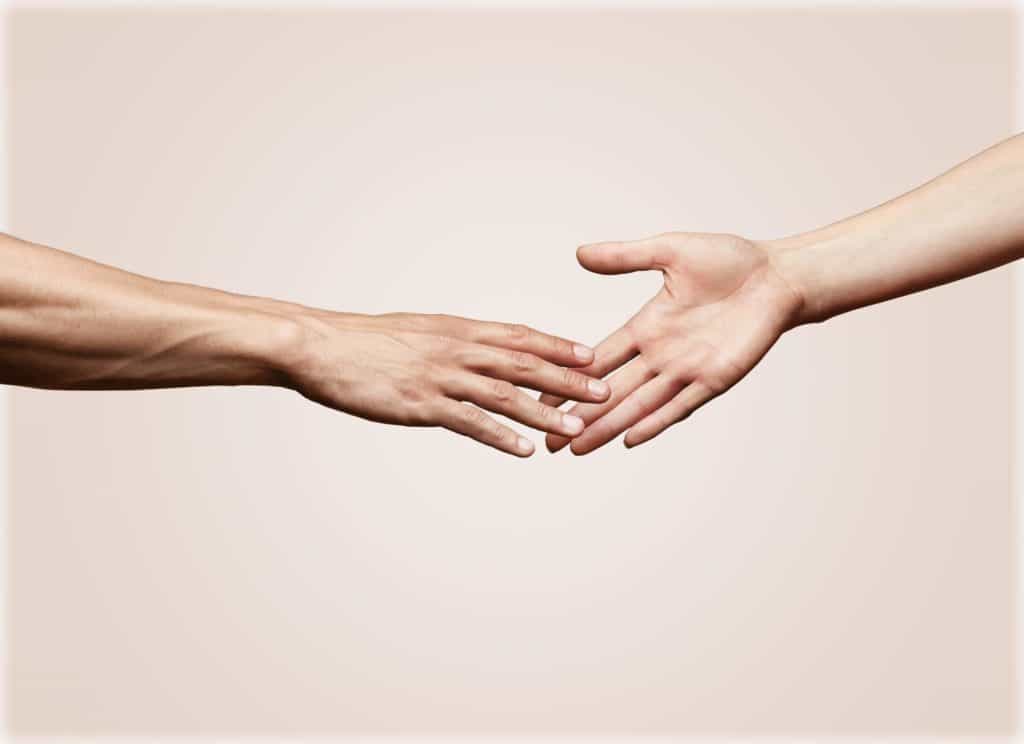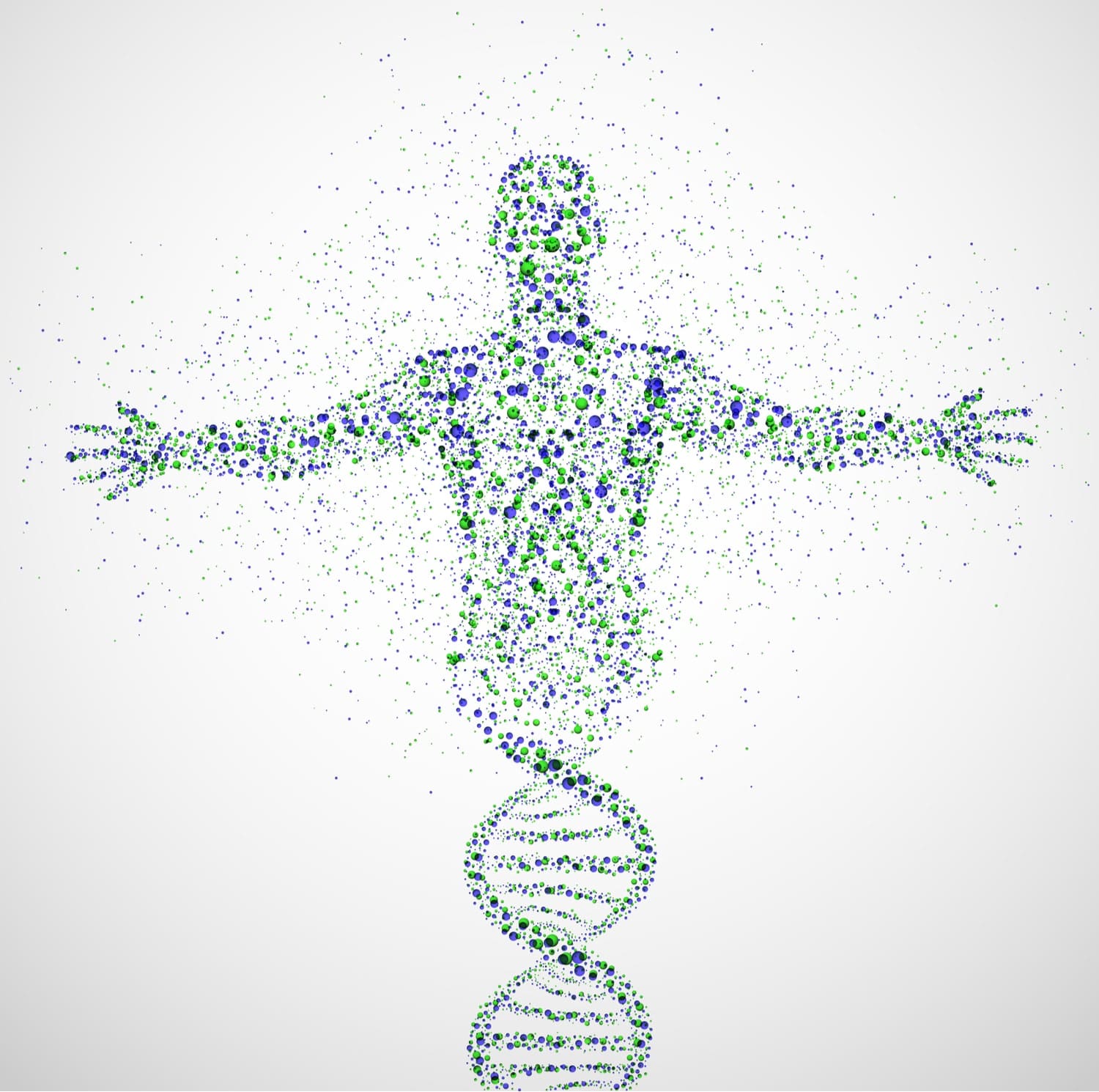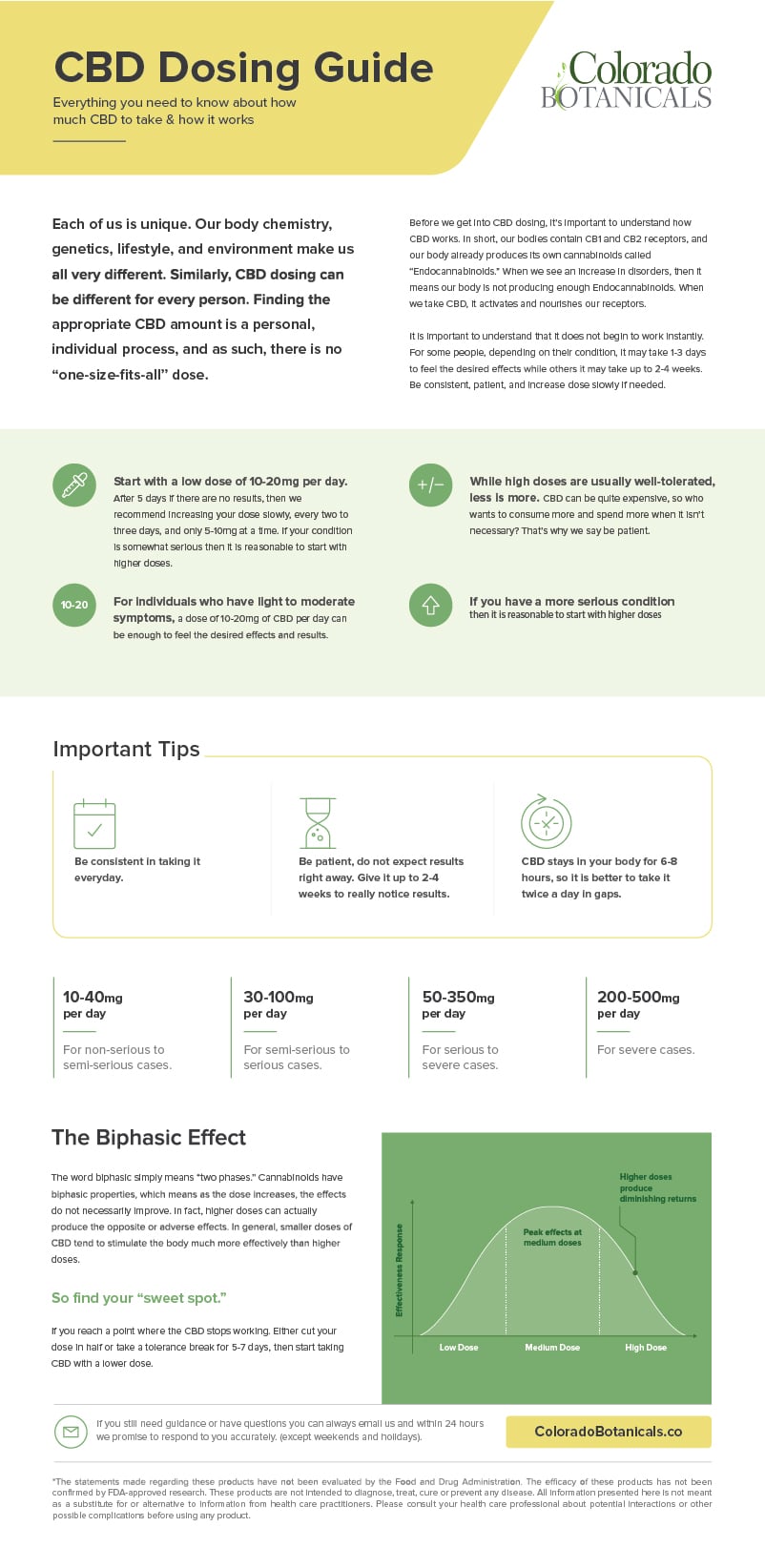
As with any supplement, finding the correct CBD dosage is critical. But unlike vitamin pills or ginseng tablets, there’s no consensus on how much CBD you’ll need for your desired effect.
With only a handful of human studies – none of which involved randomized controlled trials (the only exception being severe childhood epilepsy) – most of our information comes from animal and cell experiments.
Sounds bleak, doesn’t it? Don’t worry; it’s not all bad news. After all, evidence continues growing about the potential therapeutic benefits of hemp-derived CBD products. Despite the obstacles to perfect CBD administration, thousands of CBD users found their ideal dosage – seemingly with little effort.
So is finding the best CBD dosage a matter of chance, or is there a methodology? The short answer is “a bit of both.” The long answer, however, is full of nuances and curves, making it hard to determine your ideal starting dosage.
With these considerations in mind, let’s see the best way to dose CBD products.
CBD Dosage: How Much CBD Oil to Take
Administered orally, CBD oils are arguably some of the most popular and well-established CBD products on the market. The affordability, convenience, and precision of CBD oil helps it stand out among less accurate options, like flower or vapes.
Although every CBD consumption method has advantages and drawbacks, precise CBD concentrations and measured droppers greatly facilitate dosing CBD oil.

Finding Your Normal CBD Dosage
Understanding how CBD works is critical if you want the best experience possible. But CBD’s biochemical behavior makes it hard to find the right dosage of CBD.
Biochemistry and genetics greatly influence how CBD interacts with the endocannabinoid system. Any of the following factors can increase or decrease sensitivity to CBD.
- Age (sensitivity increases with age)
- Gender (women are more affected by CBD)
- Body size/weight (larger individuals require higher doses)
- Receptor pathways (the distribution and concentration of key pathways to the brain and body)
- Tolerance (natural or acquired)
- Symptoms (type and severity)
With many variables in mind, a precise medical dosing guideline is impossible.
The Biphasic Effect: Find Your Optimal Dosage
Many people taking CBD for the first time logically – but mistakenly – assume that higher doses generate the best results. Although this may be true for many supplements and medications, CBD’s case follows a different pattern. Cannabidiol is far from the first health product to have biphasic properties, but this roadblock makes finding the optimal dose of CBD challenging.
“Biphasic” literally means “two phases.” So what does this mean for finding the right dose of CBD? In short, taking an excessive amount is just as ineffective as consuming a low dose. Consequently, you must start with very little CBD and increase your dose slightly over time.
Keep in mind, you may be lucky and find that “sweet spot” quickly. But for some, it may take days or even weeks of slow titration to notice results. Either way, remember to start low and go slow.
As the below illustration shows, CBD’s effects intensify with the dose until a certain point. Once you exceed your optimal dosage, the effects weaken, along with your CBD oil’s potential therapeutic benefits.
If you’re wondering why the effects of CBD haven’t materialized, keep the biphasic effect in mind.
Tolerance of CBD Dosage
Many THC users are familiar with “tolerance breaks” when they become immune to even the highest doses. The same applies to CBD. As you gradually increase your dose and find the “sweet spot,” you may eventually notice that spot isn’t quite as sweet.
When faced with a tolerance dilemma, you have two options.
Take a Tolerance Break
When CBD’s effects seem to wane, a tolerance break is an effective way to get back to normal. Since your body is used to high doses of CBD, you need to give your system a chance to basically reset.
Cease your CBD consumption for a few weeks, then resume as normal.
However, this option may not be ideal for people who rely on CBD’s potential health benefits. But constantly increasing the dose is a Band-Aid solution that can eventually become expensive.
Reduce your CBD dosage
If full cessation isn’t possible, you can also reduce your dosage to pre-effectiveness levels. In other words, drop down to almost a starting dose and restart the titration process. You may soon find a lower dose of CBD is enough to do the trick.
The Entourage Effect
Finding your optimal CBD dosage isn’t the only critical goal. The right dosage should come from the right CBD. While pure CBD isolate can reach concentrations of over 98%, it’s missing essential compounds found in hemp extracts – specifically oily aromatic compounds called “terpenes.”
When combined with cannabidiol and other cannabinoids, terpenes become part of an “entourage effect.” This synergistic relationship determines how your CBD product will work, and if it will generate your desired effects.
In short, your daily dose of CBD depends on the overall quality of the product. We’ll expand on that later.
How Do You Know The CBD Dosage is Working?
One point of confusion about CBD is that some kind of “feeling” is associated with its consumption. But if you take a few drops for a while and don’t feel any different, that doesn’t mean the CBD isn’t working.
Paradoxically, CBD isn’t about how you feel, but how you don’t feel. If you notice changes in your symptoms or experience a better sense of wellness, then that’s the CBD feeling.
CBD Dosing Schedule Example
The following schedule is an approximate guideline for dosing CBD.
- Day 1-3: 10mg
- Day 4-5: 15mg (feel it more than 10mg)
- Day 6: 20mg (feel it more than 15mg)
- Day 7: 20mg
- Day 8-9: 25mg (feel it more than 20mg)
- Day 10: 25mg (you feel it but slightly less than Day 8)
- Day 11: 20mg (go back down to the most optimal dose)
CBD Dosage Chart by Weight & Strength
The following infographic covers CBD dosage by body weight. Keep in mind, these dosages aren’t precise. Many factors influence how much CBD oil you need, most of which are out of your control.
Our aim is to create an approximate reference point, so we can see what constitutes a low dose of CBD or a higher dose. Having that information will make it easier to customize your CBD oil dosage.
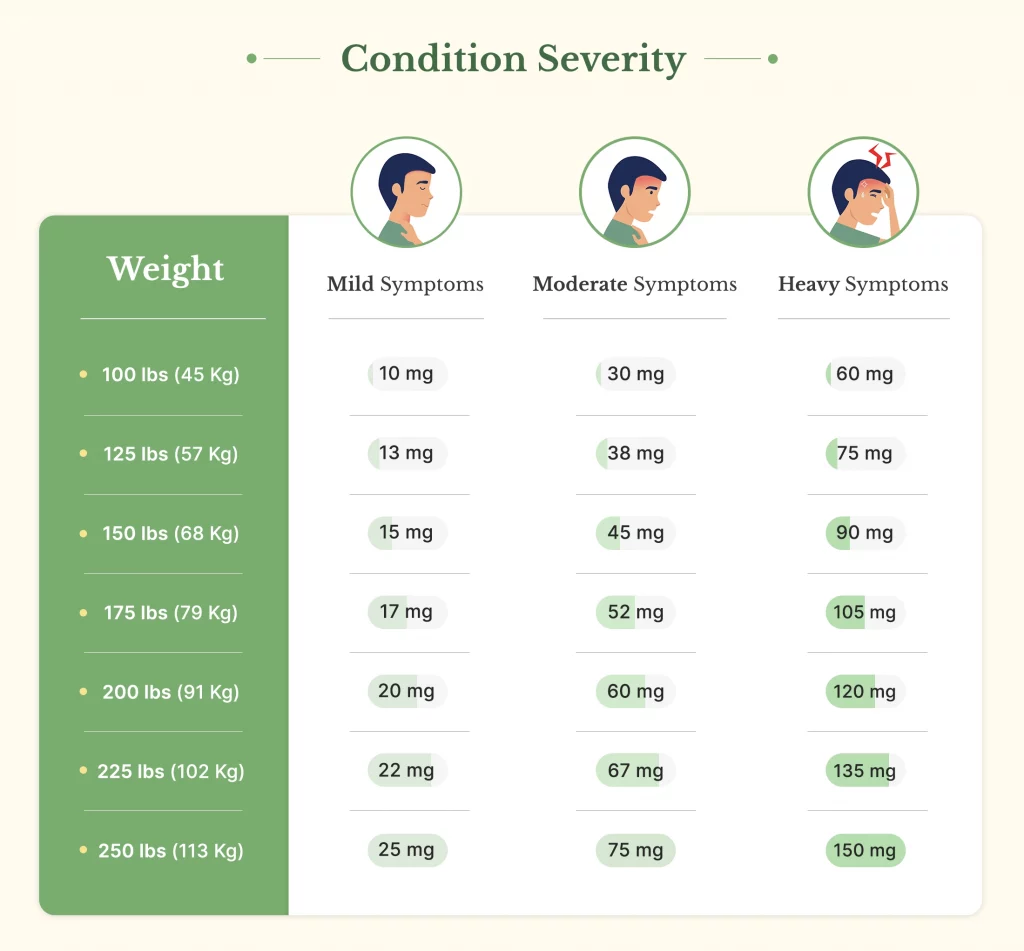
What CBD Oil Strength to Use
The strength of your CBD product depends on how much CBD oil (or anything else) you need in each dose. A less concentrated product will work if your CBD dose is small. But for higher needs, it’s better to invest in a more concentrated product for extra longevity.
Start Low and Go Slow
Calculating CBD dosage on paper is impossible due to the many random variables we covered earlier.

Consequently, the most precise – and only – approach is to “start low and go slow.” In other words, take a minimal dose of around 10-20 mg of CBD, then gradually increase it as needed over the course of several days.
Estimated CBD Dosage Based On Symptoms
We examined preliminary studies and sifted through anecdotal evidence to find an average dose for each of the conditions listed below.
Remember that none of these estimates have been verified or approved by the Food and Drug Administration and are not a substitute for professional medical advice. If you’re interested in trying CBD, speak to a doctor – especially if you take other medications.
Anxiety
Many people with anxiety disorders claim CBD oil helps reduce their anxiety levels. Whether this is accurate remains to be established, as does any precise dosage.
However, Dr. Danial Schecter told Forbes in 2019 that taking CBD for anxiety may require between 40-90 mg daily. However, Schecter repeatedly emphasizes the “start low and go slow” approach.
Depression
Depression is a serious and common mental illness that affects hundreds of millions worldwide. But any kind of depression – chronic or temporary – is debilitating, potentially leading to further physical and psychological health issues.
Whether CBD helps with depression is uncertain. Published scientific papers only appear to include rodent studies and reviews of existing research.
However, anecdotal data gathered from independent forums and user comments implies that an aver dose of 50-100 mg per day is sufficient, with some reporting much lower amounts.
Chronic Pain
Dr. Schecter also discusses pain during his sit-down with Forbes. As is the case with anxiety symptoms, Schecter suggests that – while some may need much lower doses – it’s not uncommon for pain patients to take at least 40 mg.
However, pain is a broad scale. The pain from an inflamed knee isn’t the same as pain from major surgery. Your CBD dose will therefore be higher for more severe pain symptoms.
Inflammation
Inflammation can occur for various reasons, from injuries to chronic conditions. Whichever the case may be, you can take a two-pronged approach.
If you decide to go with CBD oil, low-level inflammation may respond well to as little as 20 mg. However, severe inflammation may require over 100 mg.
Fortunately, the focal nature of inflammation means you can also use topical creams to address the problem at its source. Many balms and muscle rubs are available, which work through the skin to provide relief.
Using a combination of CBD oils and topical products is the best option for inflammatory symptoms.
Arthritis
Although arthritis predominantly affects older individuals, it can also appear in children and young adults. Whether it’s from an injury, genetics, or gradual wear and tear, any arthritis patient will tell you how uncomfortable and limiting this condition can be.
Many patients report varying levels of effectiveness after using CBD oil for arthritis symptoms. Dosage ranges depend on the severity and duration of symptoms.
Generally, average users report relief after about 50 mg. However, this could exceed 100 mg depending on the many factors we’ve discussed.
However, there’s also a one-size-fits-all solution. Like inflammation, the often focal nature of arthritis symptoms means fast-acting topical creams can address the problem at its source. Unlike CBD oil, topicals aren’t impacted by gender, age, weight, or other variables that make CBD dosing a headache.
Use a dual approach of CBD oil for consistent symptom control and topicals for flare-ups. This strategy helps maximize CBD’s potential therapeutic benefits for arthritis patients.
Cancer
Many studies are available about the effects of CBD oil on cancer cells. While the results were promising for certain cancers, all of these tests were done on animals or cultivated human cancer cells. No controlled clinical studies suggest CBD inhibits or destroys cancer in human patients.
However, if you intend to try CBD for cancer, you’ll need a very high dosage – easily 100 mg or more – to help alleviate some of the severe symptoms associated with cancer and cancer treatment.
High Blood Pressure
CBD is a vasodilator, meaning it expands the blood vessels. This feature can be handy for people with high blood pressure. Again, dosage depends on severity. A small dose (10-20 mg) will do if you just need to stabilize your system after a stressful day.
But for those with chronic high blood pressure, the dosing consensus falls between 60-90 mg.
Epilepsy
Epilepsy is the only condition that received full clinical studies with CBD. However, these studies are limited to Lennox Gastaut Syndrome and Dravet Syndrome, two severe forms of childhood epilepsy.
These young patients consumed high doses of CBD – an average of 400 mg – and saw unprecedented results.
However, there’s no indication (yet) as to whether other forms of epilepsy respond well to CBD. The research on young children also showed liver damage for some patients using certain medications.
We strongly advise against switching to CBD treatment for seizures without speaking to a specialist.
Insomnia
Lack of sleep doesn’t just lead to a bad day. Over time, sleep deprivation could lead to various physical and psychological consequences (many of which people address with CBD).
But if a night’s sleep eludes you, some CBD may be all you need to get on track. Interestingly, sleep dosage reports from individual users were broad. Some mentioned results after 15 mg, while others needed close to 100 mg.
It’s also worth mentioning that the lower-dose users mixed their CBD with THC.
Premenstrual Syndrome (PMS)
Premenstrual Syndrome (PMS) has several unpleasant symptoms that may make normal daily functioning impossible. Although CBD doesn’t somehow block or prevent PMS from occurring, many of the condition’s symptoms might be mitigated with CBD.
Some of these symptoms (already covered above) include:
- Pain (50-100 mg)
- Inflammation (20-100 mg)
- Depression (50-100 mg)
- Anxiety (40-90 mg)
Since PMS typically comes with multiple symptoms, CBD oil dosage is difficult to pinpoint. When guessing the expected dose, address each symptom on its own.
Muscle Recovery
Muscle pain is normal after exercise, but that doesn’t make it any less unpleasant. Muscle rest following a workout is also important to avoid overuse. But besides possibly controlling the associated pain, CBD may also aid recovery by relaxing the affected muscle(s).
A small maintenance dose of just 20 mg is usually enough to help support your muscles between workouts.
It’s also advisable to use topical creams for fast, focal relief of soreness and swelling.
CBD Potency Calculator
Factors to Consider to Find the Right CBD Dose
We briefly discussed the many variables determining which CBD dosage fits your needs. Let’s dive deeper into how (and possibly why) these considerations impact the amount of CBD you need.
Your Age
Age determines both your starting dose and ideal dose of CBD. As we age, our bodies become less efficient at processing different substances. Additionally, seniors are often on medications that may enhance, decrease, or interfere with CBD’s effects, creating new complications.
Consequently, it’s easier for seniors to exceed their “sweet spot” dose of CBD and see no results. Seniors should start with a very low dose of 2 – 2.5 mg and monitor their progress carefully.
Your Weight
Weight is a consideration with many supplements, including CBD. Although size can depend on bone structure, muscle mass, and body fat, it’s the third category that particularly affects CBD dosage.
CBD is fat-soluble (like all cannabinoids), so it’s often attracted to fats in the body. Having a significant amount of body fat means CBD will need more time to build up. As a result, it may take time for some larger individuals to notice the effects of CBD.
Tolerance Level to CBD
Taking the same supplement or medication for a long time can eventually lead to tolerance. This problem occurs when the body becomes too used to the substance, requiring more to achieve the same results.
If your CBD dose is relatively low, you can increase it as needed. But this strategy isn’t sustainable in the long run. Instead, it’s best to scale back or stop use altogether, then gradually build back up again.
Your Reason for Using CBD and Severity
As we’ve seen, the condition and severity affect your required dose. Stronger symptoms will likely respond to higher doses, while mild cases may improve with comparatively little CBD.
CBD Product Type & Bioavailability
The cannabis plant is complex, with cannabinoids like CBD making up only a fraction of its compounds. We covered the entourage effect and terpenes earlier, explaining why a rich combination of cannabinoids and other plant compounds provides the best results.
But not all CBD products are alike. Full-spectrum and broad-spectrum CBD, for instance, retains the aforementioned plant terpenes. Isolates, however, are highly purified CBD with no other compounds.
Despite being almost 100% CBD, isolate’s benefits don’t compare to full or broad-spectrum CBD oil. This lack of an entourage effect could spike your CBD dosage requirements, not to mention offer substantially muted benefits.
Bioavailability – the amount of CBD left over for your body to use after metabolism – depends on the route of administration. Vaping is the highest, sitting at 50 – 80%. Conventional smoking has a bioavailability of 30%, while oils and edibles are about 20% bioavailable.
Your Individual Body Chemistry
Everyone’s body is different. Some people respond well to low doses of CBD, others need more, and some people experience no benefits. But CBD is CBD, so why is this possible?
CBD works through various pathways in our bodies, indirectly impacting our endocannabinoid system through routes like the serotonin, GABA, and vanilloid receptors. But no two people are alike, meaning the location and concentration of these receptors vary from person to person.
Metabolism is also something to consider. The faster we metabolize something, the less that’s left for our body to absorb. Individuals with high metabolisms will essentially “burn off” more CBD at a faster rate, likely requiring higher doses.
10 Tips on CBD Dosing
Everyone is Different
Don’t base your expectations on what you read or results from friends and family. The best CBD dosage for you is unlikely to match someone else’s.
Instead, base your findings on how you personally feel after consumption.
Start Low & Increase Dose Slowly
Again, low and slow is the only way to find your working CBD dose. Youth and adults under 60 can start with 5 mg, while seniors should begin at around 2.5 mg. Keep increasing over time until you find the right balance.
Try Before Going to Bed to Test Dosage
An excellent way to test CBD’s effectiveness is to try it before bed, when tiredness starts setting in. Take your dose 60-90 minutes before sleep and monitor how you feel. Did you feel drowsier? Did you sleep longer or wake up during the night? How well-rested were you in the morning?
If you notice no change, increase the dose after a few days.
Be Consistent
Consistency is key. Remember, your body needs to acclimate itself to CBD. Inconsistent dosing makes it difficult to establish that rhythm, harming your ability to find your specific dosage.
If you see no results, don’t be discouraged. Commit yourself and stay the course. Chances are, you’ll see results eventually.
Be Patient
Some people see results on the first dose, while others may have to wait days or weeks. Keep this in mind when you start taking CBD.
Buy Quality CBD Oil
As with any product, quality is key. There’s plenty of excellent CBD oil on the market, but substandard products also exist.
To find the best CBD oil, look for full or broad-spectrum products (preferably CO2 extracted) and never purchase from a company that doesn’t offer third-party test results.
Less is More
Don’t fall for the mistaken (but still logical) assumption that a large dose of CBD is more effective. Thanks to its biphasic properties, too much CBD is just as ineffective as too little.
Talk to a Physician
CBD isn’t perfect. Some risks can be involved, so talk to a physician or other medical practitioner before trying CBD.
Too Much or Too Little CBD: A Balancing Act
“The Biphasic Effect” diagram from earlier illustrates the correlation between dosage and efficacy.
Too Little CBD
As you can see by the “slope” on in our diagram, too little CBD won’t have any effect. But with gradual titration, that ineffectiveness gap closes. Eventually, dosage and potency will intersect at the top of this “hill,” indicating the ideal dose.
Too Much CBD
If you look at the diagram again, you can see how adding more CBD beyond the sweet spot gradually reduces its efficacy.
In other words, too little and too much CBD are equally ineffective.
What Happens If You Take Too High of a CBD Dose?
If your CBD dose is too high, the only thing you’ll face is a disappointment. In rare cases, however, you may encounter mild side effects.
Can You Overdose on CBD?
No, you can’t overdose on CBD in the conventional sense. However, if you significantly exceed your required dose, it could make you mildly sick.
Does CBD Oil Have Any Side Effects?
CBD oil is generally well-tolerated. Side effects are rare and include:
- Appetite changes
- Nausea
- Diarrhea
- Drowsiness
- Dry mouth
Can You Microdose CBD?
Yes, you can microdose CBD. Microdosing is the practice of continually taking very small doses to maintain steady therapeutic effects.
Benefits of Microdising CBD
Microdosing CBD is a good approach for general well-being. Many do it to stay focused or keep feeling great. But from a medical perspective, microdosing won’t relieve the symptoms we mentioned earlier.
Example of Microdosing CBD Schedule
Day 1: 5mg 1-2 times per day
Day 2: 5mg 1-2 times per day
Day 3-5: 7.5-10mg 1-2 times per day
Day 5-7: 10-15mg 1-2 times per day
Day 8-10: 15-20mg 1-2 times per day
Watch Our YouTube Video on CBD Oil Dosage
Want to learn more about CBD oil dosage? Check out our YouTube video for all you need to know!
Conclusion: How Much CBD Dosage to Take
This may seem like a long way to say “we don’t know,” but that’s the reality. Can we infer dosage from customer experiences and sporadic studies? Yes – at least to a degree.
But until we find a way to create a consistent dosing formula, CBD therapy will be a shot in the dark.
However, the more we learn, the more the mystery deepens. Every paper, study, or testimony adds more to the mystery. Will CBD dosing ever be an exact science? Only time will tell. For the time being, CBD research seems to follow the same pattern as dosing: low and slow.
Still Have Questions on How Much CBD to Take?
Questions about dosage and using CBD are common, especially for new users. You can always call us at (800) 563-0187, click the live chat button on the bottom right, visit our Help Center, or email us at [email protected]. Whatever questions or help you need, we’re here for you.
*These statements have not been evaluated by the Food & Drug Administration. Our products and the information on this page are not intended to diagnose, treat, cure, or prevent any disease.*



